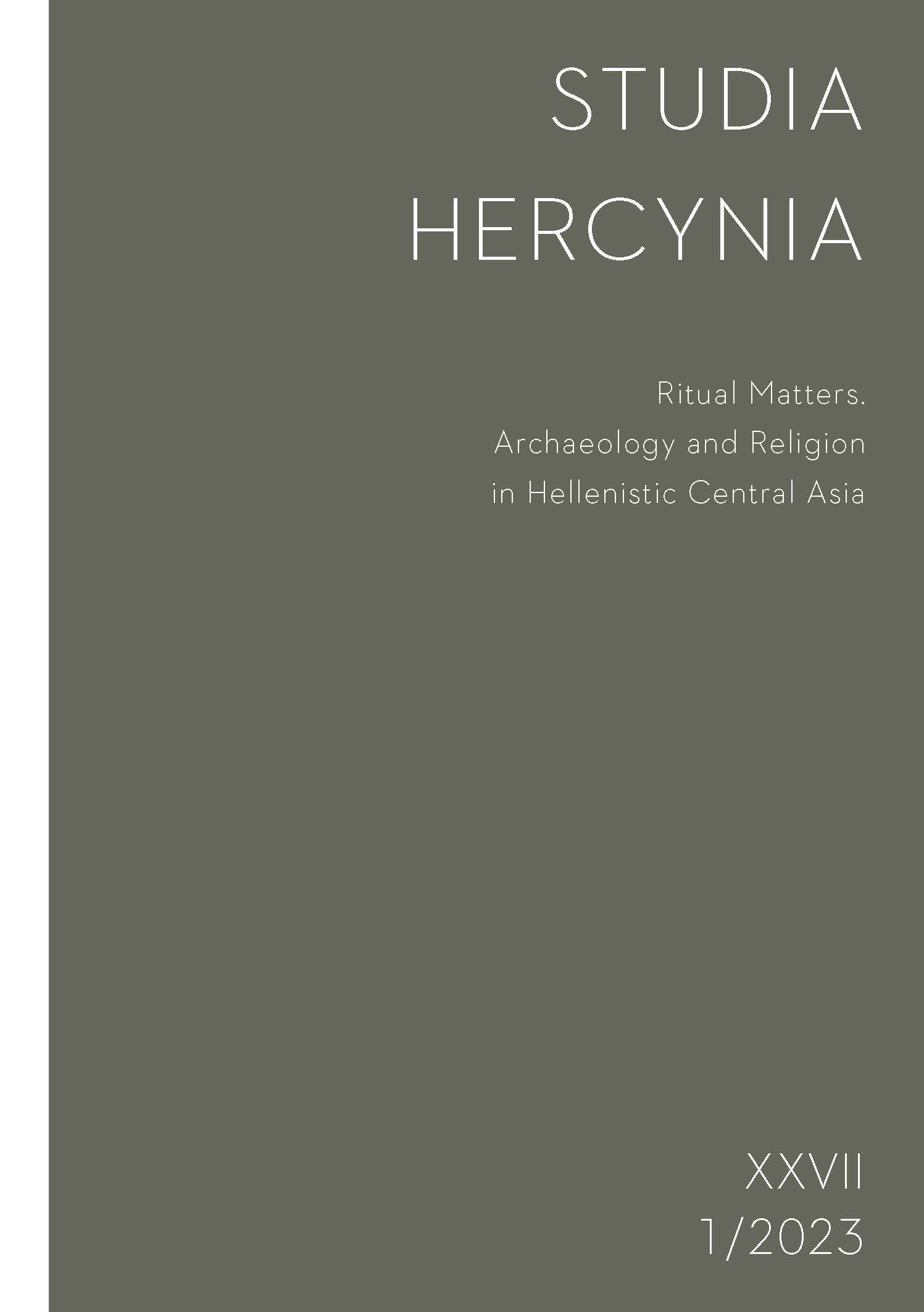Hoards from Hellenistic to Kushan Central Asia
Hoards from Hellenistic to Kushan Central Asia
Towards Some Interpretations
Author(s): Lauren MorrisSubject(s): History, Archaeology, Ancient World
Published by: Univerzita Karlova v Praze - Filozofická fakulta, Vydavatelství
Keywords: Archaeological classification of hoards; intentional deposition; ritual deposits; coin hoards; Begram; Bactria; Gandhara
Summary/Abstract: This article is concerned with the interpretation of diverse examples of hoards (intentional deposits of valuable objects) from Central Asia’s Hellenistic and Kushan periods that are traditionally understood in utilitarian terms. As a means of comparison, it first reviews useful insights from the study of hoards in Bronze Age Europe and coin hoards, where simplistic classifications and interpretations of hoards (especially as representative of strictly ritual or utilitarian behaviour) have been increasingly problematised. The case of the Begram hoard is then discussed in reference to these insights. Arguably, this find represents not the remains of a palatial treasure or merchant’s cache, but perhaps rather material selected from the property of a religious institution that was deposited and abandoned as late as the early 4th century AD, and reflecting both ritual and utilitarian considerations. The interpretations of additional cases of diverse hoards from Ai Khanoum, Taxila, the Oxus Temple, Daľverzintepe, and Mir Zakah are then reconsidered, highlighting common shortcomings in the interpretation of coin hoards in the field, the diverse ways these finds shed light on economic, social, and ritual behaviour, and the necessity for critical interrogation of frequently presumed direct links between unrecovered hoards and expected invasions.
Journal: Studia Hercynia
- Issue Year: 27/2023
- Issue No: 1
- Page Range: 151-177
- Page Count: 27
- Language: English

